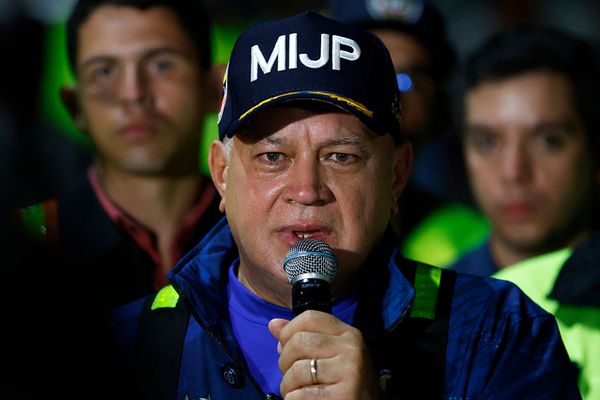There have been only five scientists who have won two Nobel Prizes – Polish-French physicist and chemist Marie Curie (1903, 1911), American scientist Linus Pauling (1954, 1962), American physicist and electrical engineer John Bardeen (1956, 1972), British biochemist Frederick Sanger (1958, 1980), and American stereochemist Barry Sharpless (2001, 2022). Additionally, there have been two organisations – the International Committee of the Red Cross (1917, 1944, 1963) and the Office of the UN High Commissioner for Refugees (1954, 1981) – that have won multiple Nobel Peace Prizes.
On top of being part of such an elite group, Pauling has done something that makes this feat extra special. For he is the only person ever to receive two unshared Nobel Prizes! In a lifetime spent as a chemist, biochemist, chemical engineer, peace activist, author, and educator, Pauling was awarded the Nobel Prize in Chemistry in 1954 and the Nobel Peace Prize in 1962.
Born in Portland, Oregon, on February 28, 1901, Pauling had science running through him right from the start. For he was the son of a pharmacist, Henry Pauling, and Lucy Pauling, a daughter of a pharmacist.
Starts with a chemistry set
It was a friend’s chemistry set that aroused his fascination with chemistry though. As his family lacked the wherewithal to buy him a chemistry set, Pauling instead created his own with chemicals that he found in an iron smelter that had been abandoned. He soon taught himself more in the subject than what he was taught at school.
Despite attending the Washington High School in Portland, he didn’t receive his diploma until 1962 owing to a technicality. This meant that Pauling had received his bachelor’s degree from Oregon State College in 1922, his doctorate in 1925 from the California Institute of Technology and even the Nobel Prize in Chemistry, before he got his diploma!
Gifted teacher
Having enrolled in college aged 16, he was teaching the course he had taken the year before by age 18. A gifted speaker, it was no wonder therefore when he earned the reputation of being a fabulous teacher after he became a member of the professorial staff of California Institute of Technology in 1927. This was following fellowships after his doctorate that enabled him to study with three renowned physicists – Arnold Sommerfeld in Munich, Erwin Schrodinger in Zurich, and Niels Bohr in Copenhagen.
Pauling remained at Caltech from 1927 until 1964. It was here that he spent most of his time researching and teaching. In addition to being enthusiastic with a willingness to engage in controversial topics, he also had the innate ability to simplify, making even mundane subjects suddenly seem interesting, even to those who knew little about the topic.
The alpha helix
On the day he turned 50, on February 28, 1951, Pauling, along with his co-workers at Caltech – American biochemist Robert Corey and the African-American physicist and chemist Herman Branson – reported the discovery of the alpha helix. The alpha helix was the first discovery of a helical structure for a protein and they published their theoretical description of the structure of proteins in Proceedings of the National Academy of Sciences.

While Pauling is best known for working out the nature of the chemical bond, his accomplishments were numerous. In addition to determining the structure of proteins, he also discovered the cause of sickle cell anaemia, helped in the creation of synthetic plasma, and even developed an accurate oxygen detector for submarines, among other contributions. It is worth noting that when he won the Nobel Prize in Chemistry, it was not for a single contribution, but for his entire body of work.
The only time since childhood when Pauling’s focus shifted from his work was after World War II, when he took a public stance against the war and the use of nuclear weapons. He was even accused of being pro-Soviet or Communist, but it didn’t deter him from his crusade against nuclear weapons testing. It was his advocacy for nuclear arms control and disarmament that eventually led to him winning the Nobel Peace Prize.
Share of controversies
Despite being the poster boy for science, Pauling wasn’t without his share of controversies. Most famous among these was how he championed Vitamin C, as he believed that megadoses could ward off the common cold, going to the extent that it could even prevent or treat cancer. Even though much of his later work was mired in controversy and provoked scepticism, Pauling’s contributions and accomplishments ensure that he is celebrated to this day, nearly 30 years after his death in August 1994.







